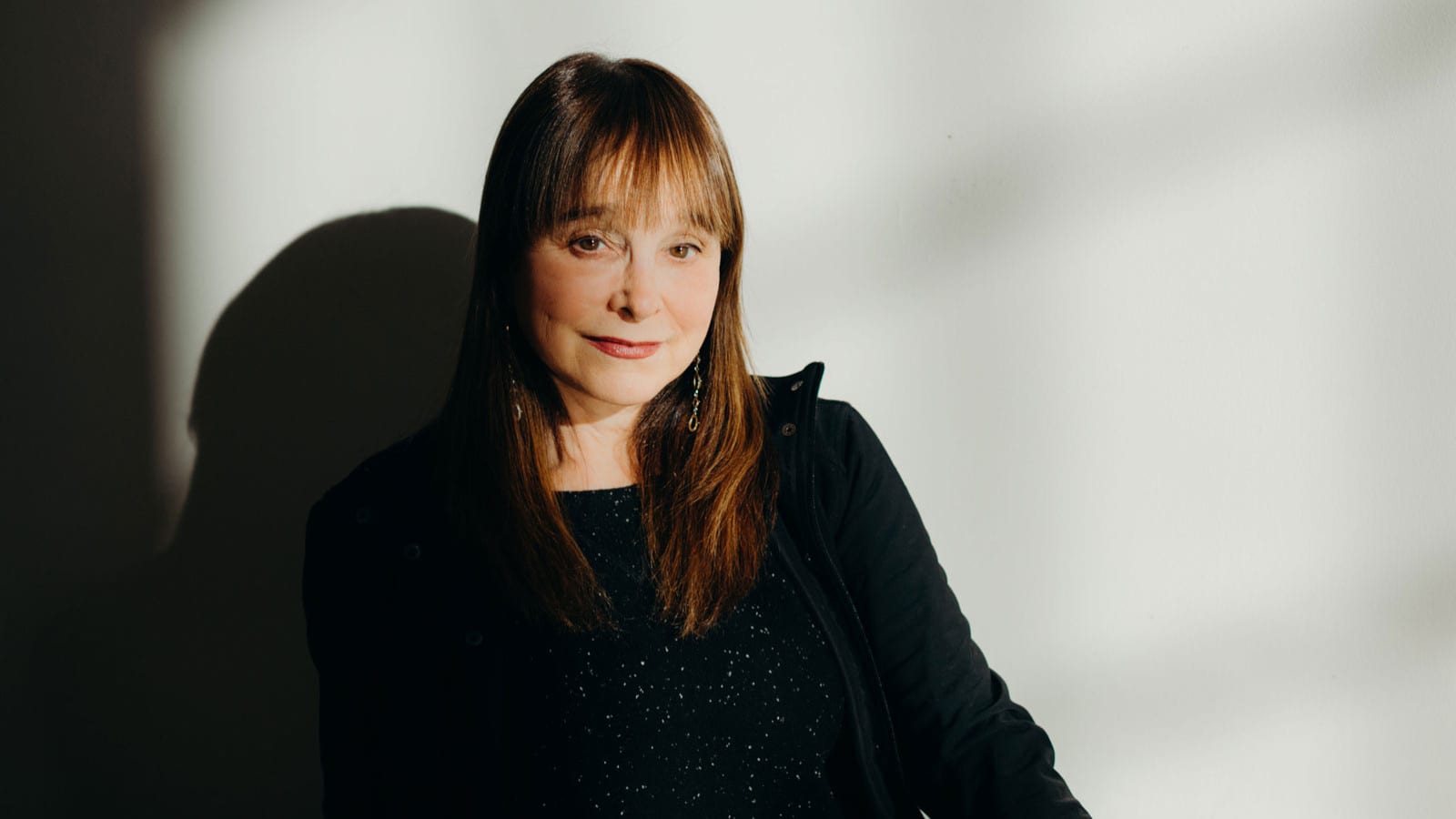For painter and printmaker Rosemary Feit Covey, ‘art is more important when it’s messy’
Art has brought Rosemary Feit Covey ’72 to many interesting places. A Virginia-based printmaker and painter whose work is held by more than 40 major collections around the world, including Yale University, the Boston Athenaeum, and the National Museum of Natural History, she has observed wildlife in the arctic alongside Norwegian scientists, taught drawing to Chinese students in Beijing after the Tiananmen Square uprising, and painted fragile moths deep in the Adirondack wilderness. Her multimedia installation The O Project has been showcased on the National Mall in Washington, D.C., and at the Burning Man festival in the Nevada desert. A coveted Rockefeller Foundation Fellowship landed her with a residency at a villa perched above Lake Como in Bellagio, Italy.
But the trip that made the greatest impression was the one she took to Williston Academy as a shy tenth grader at Northampton School for Girls. Feit Covey had come to the Easthampton campus to learn German, which wasn’t part of the NSFG curriculum at the time, and to study art with Barry Moser, longtime Williston teacher and renowned printmaker.
“I didn’t pick up a word of German. I was just so completely overwhelmed at being in a class with all boys,” Feit Covey recalled during a return to campus last winter as a Grum Project visiting artist. “But working with Barry changed my life.” She recounted how Moser, soon to be celebrated for his masterly engravings of Alice’s Adventures in Wonderland, among other literary classics, sprang a challenge on her when she asked to join his class. “He took me out to where the bike path runs now and he said, ‘If you were going to draw something, what would it be?’ I was terrified. I knew I had to get it right. I looked and I had the sense to say, ‘Well, I would draw that tiny patch of grass.’ And he said, ‘Yes.’ And then I was in.”
Born and raised in South Africa, Feit Covey went from NSFG to Cornell University and then the Maryland Institute College of Art. Determined to support herself as an artist after completing her formal education (“there was no moving back home and living in your parents’ basement,” she notes), she started doing commissions, mostly finely detailed wood engravings. The universal motifs she explored— landscapes, portraiture, domestic scenes, mythic imagery—conveyed an intensely personal vision. As she developed as an artist, she remained in close touch with Moser, who one day told her she had learned all he could teach. “Now you’re a professional yourself,” he said, “and must go on your own.” Knowing when and how to say that to students, Feit Covey believes, is an essential part of teaching.
Many of Feit Covey’s current projects are connected to her deep interest in science, including evolutionary biology, entomology, and, presciently, emergent diseases. “I think my interest stems from vulnerability,” she says. “Because things are vulnerable.” She regularly works with scientists and doctors, examining complex ideas and issues that seep into her imagination and find expression not as scientific illustration but in new forms. “For me, art is more important when it’s messy,” she says. “You don’t even know why, but it somehow moves you. It means going into another world, not your own, and yet it connects to you so intensely and deeply.”

